Home battery systems have recently improved in two substantial ways, and the first big improvement is in the batteries themselves. Lithium-ion batteries on the market today are much more robust and functional than the lead-acid batteries we have relied on in the past. Discharging a lead-acid battery beyond 50% capacity can damage the battery and reduce its future storage capacity. Also, lead-acid batteries require periodic maintenance throughout their relatively short lifespan and lead poses human health risks.
The latest lithium-ion batteries require little maintenance, offer a longer lifespan, and often, the ability to be fully discharged without harming the battery. No longer being limited to using only half of the stored power in a battery effectively doubles their capacity.
The second big improvement is the advent of ‘smart’ battery controls. Battery systems have always required a charge controller to make sure the batteries are not overcharged or discharged too deeply; the latest batteries on the market include sophisticated micro-processors that give users more control over their power storage. These new systems can even ‘learn’ from your personal consumption patterns (as well as their own generation patterns), enabling them to store power more appropriately to ensure that you never run out. This is very important when using battery systems with solar arrays, because the inverters in a solar array system require power to begin making power, regardless of whether they are tied to the grid or not.
Smart battery systems will recognize if you do laundry, shower or cook with electric stoves in something of a regular pattern. This helps them determine at a given time whether it is better to top up their own capacity, or instead feed power into the grid, without compromising their ability to keep you sufficiently powered up.
Even with all these advances, before investing in a home battery system you should still start with updated, efficient appliances that don’t overload the storage system’s capacity. Older freezers, refrigerators or well pumps may take more amperage to get started than newer more efficient models do, and even though it’s only for a split second, if that demand is too great, the battery system’s inverter might not be able to deliver sufficient power to operate those older appliances. Rather than installing an oversized battery system, you are far better off to upgrade to newer and more efficient appliances.
A battery system can also give you the ability to run a grid-tied solar array during grid power failures. With extreme weather events becoming more common, this can be a valuable asset. New smart battery systems can interact with your home electrical appliances to store energy or release energy when it makes the most sense for you. They can now be programmed to disable high-consumption mechanical equipment like dryers and air conditioners when their capacity is low, to ensure that there is always enough power to start up the system again.
As battery systems continue to advance, we will be seeing more people using these technologies and we expect to see the market improve and mature, much as we have seen with photovoltaic solar over the last 10 years
Now you know about Home Batteries and Power Storage. Read more moving away from fossil fuels and how to reduce your carbon footprint in the following pages and in the EcoHome Green Building Guide.
Find more about green home construction and reap the benefits of a free Ecohome Network Membership here. |
About the author: Greg Dorsey is a Maine certified solar installer with Goggin Energy of Portland, Maine, read his bio here.



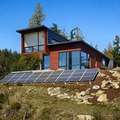
















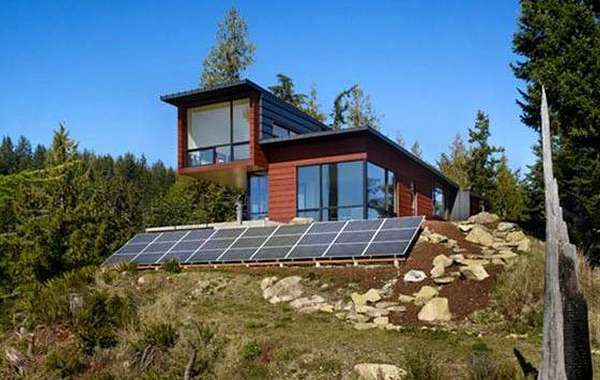

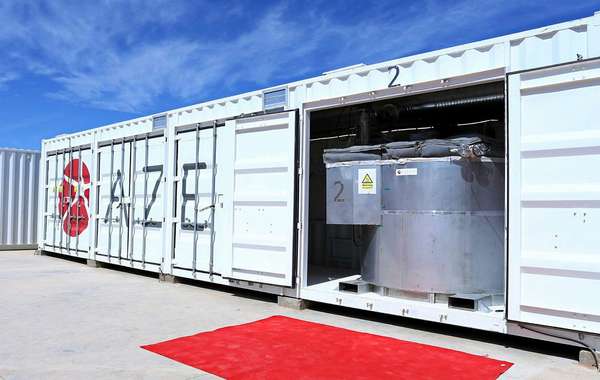

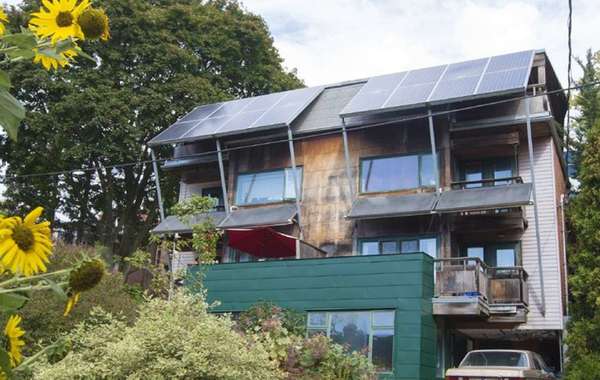
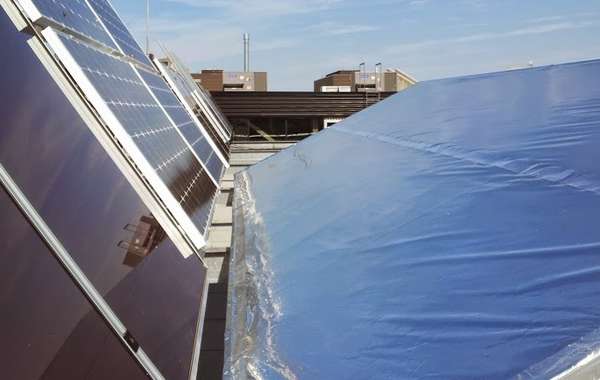


Comments (0)
Sign Up to Comment